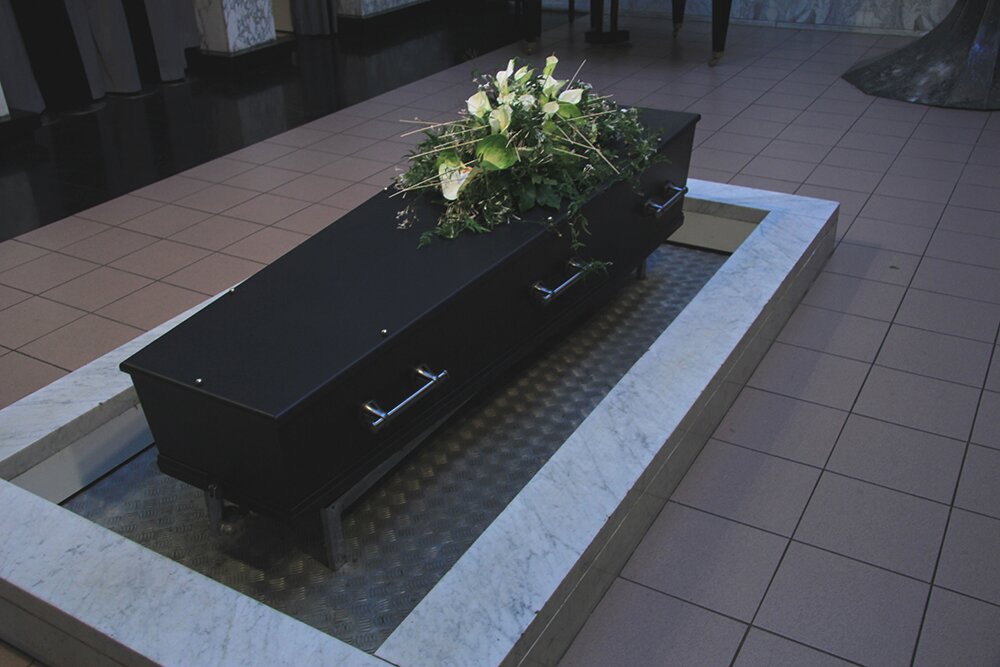63 Mimico Avenue | Toronto, Ontario | M8V 1R2 | Phone: (416)-255-0035 | Email: CREMATIONCARECENTRE@GMAIL.COM
What Is The Cremation Process?
Making a significant decision regarding a process you are unfamiliar with might be challenging. Even though you might not be acquainted with all the specifics of a traditional burial, you can probably picture what happens. That isn't always accurate when it comes to the cremation process.
Even though the custom has been around for a while (almost 2,000 years!), the CremationCare Centre has found that it can sometimes be a bit mysterious. Most people don't get a glimpse of the inner workings. Knowing how it functions can help reduce many people's fear regarding cremation.
How The Crematory Handles The Cremation Process
Industrial furnaces explicitly made for cremation are used in today's crematories. It takes two to three hours to perform the process. The crematory will be careful to make sure the following throughout the way:
- It is done correctly to identify the deceased.
- The operator is secure.
- The deceased is treated with respect and compassion.
- Many facilities let the departed person's family see the cremation. Check with the crematorium to see what the maximum guest count is before making travel arrangements.
Steps Involved In the Cremation Process
Through open flames, high heat, and evaporation, cremation reduces the corpse to its essential components. This occurs in a specialized furnace known as a retort or cremation chamber. Many crematoriums demand that the body be placed in a solid cardboard container or a casket designed for cremation.
Commonly known as "ashes," cremated remains are mostly made up of bone fragments. It is crucial to understand that any container remnants and other unintentional byproducts of the incineration are mixed in with the body's cremated ashes. Remains from cremation weigh between 3 and 9 pounds. The precise cost is determined by factors such as corpse size and the method of cremation employed by the crematorium. There are five fundamental steps in the cremation process, including:
- The deceased is recognized, and the required consent is acquired.
- The body is ready and stored in a suitable container.
- The body's container is transferred to the cremation chamber, often called the "retort."
- The residual metal is removed, and the ashes are pulverized after cremation.
- The "ashes" are then placed in an urn the family provides or in a temporary container.
For more information about the cremation process, you can contact CremationCare Centre.



Comments